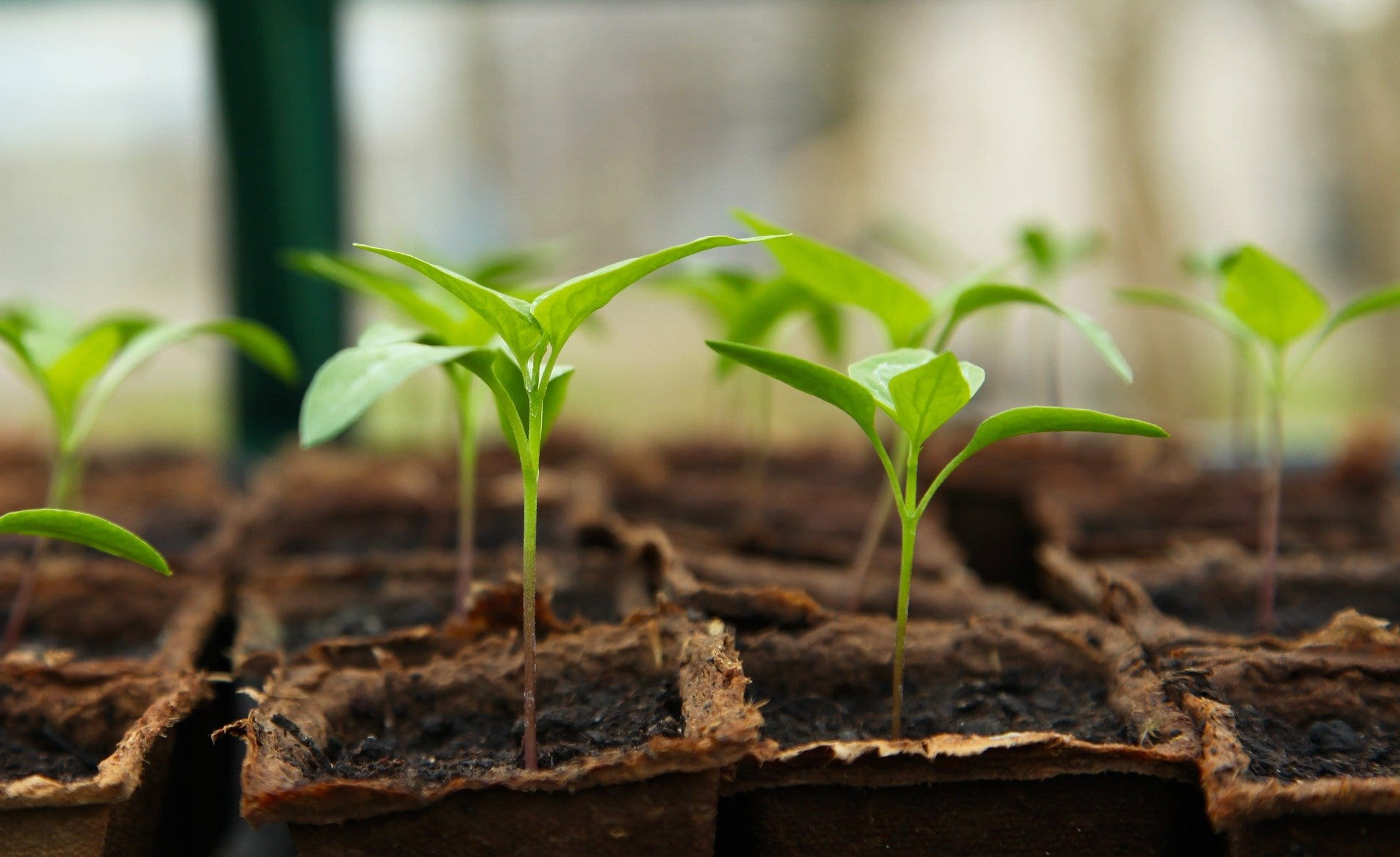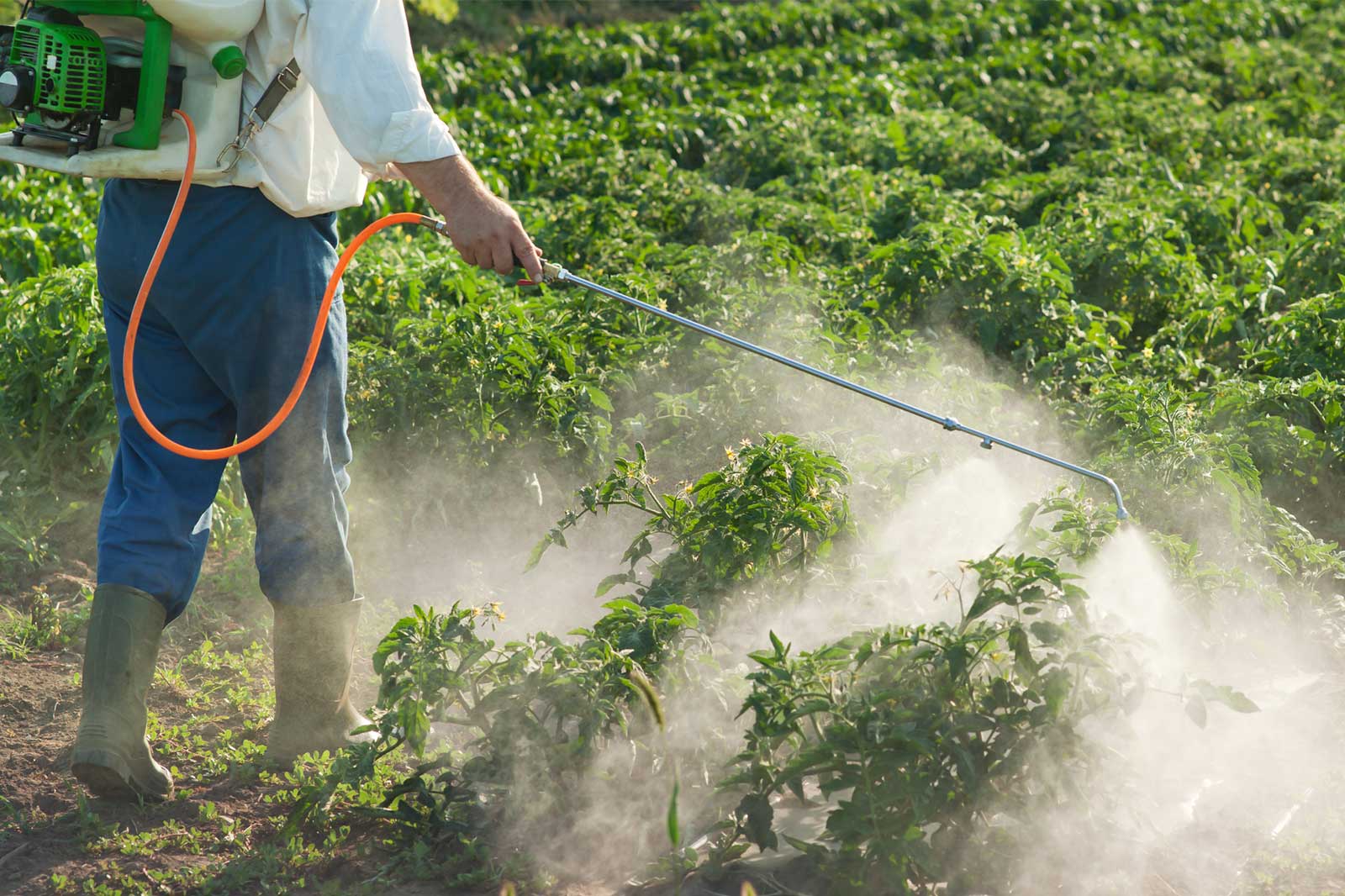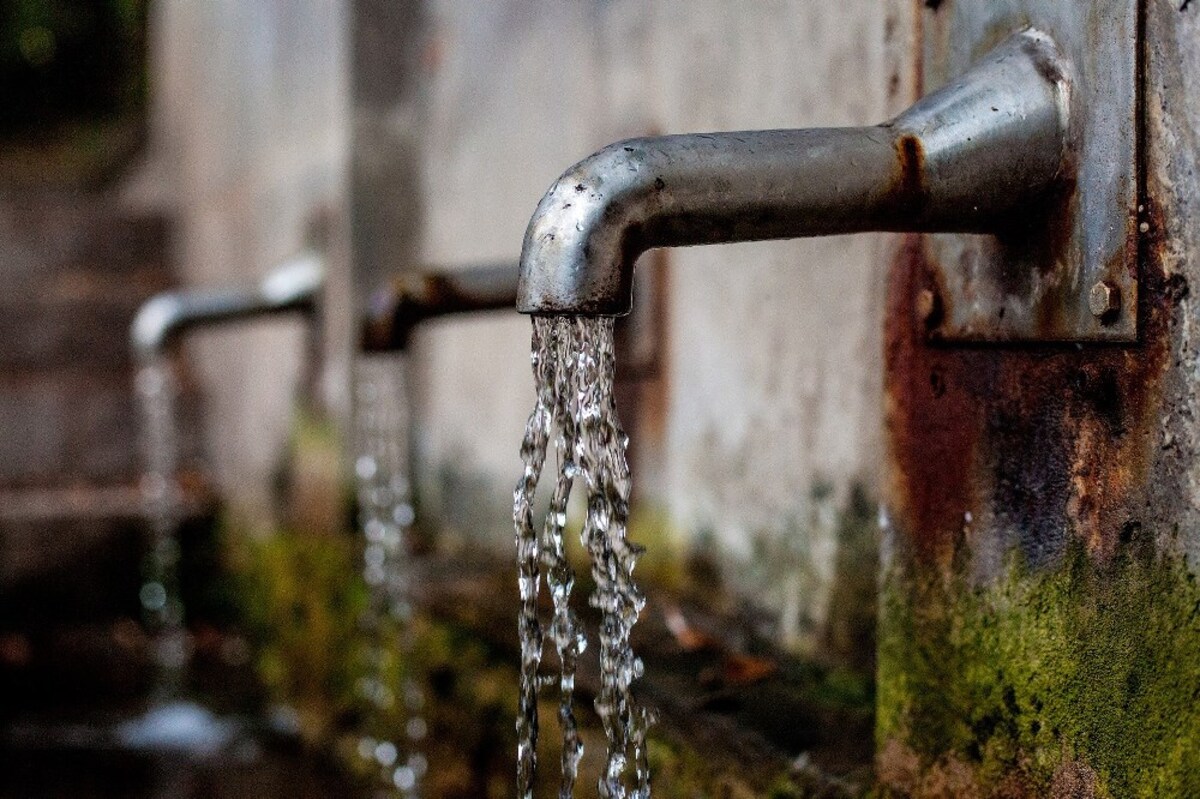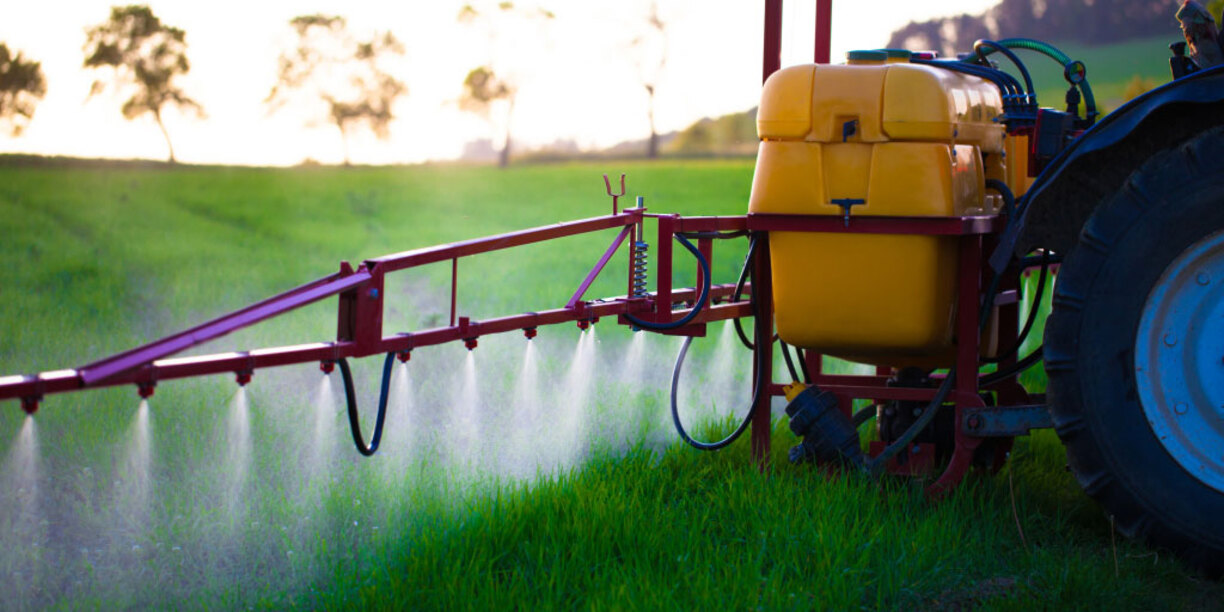Home>Gardening News and Trends>Latest News>How Long Do Pesticides Stay In The Soil
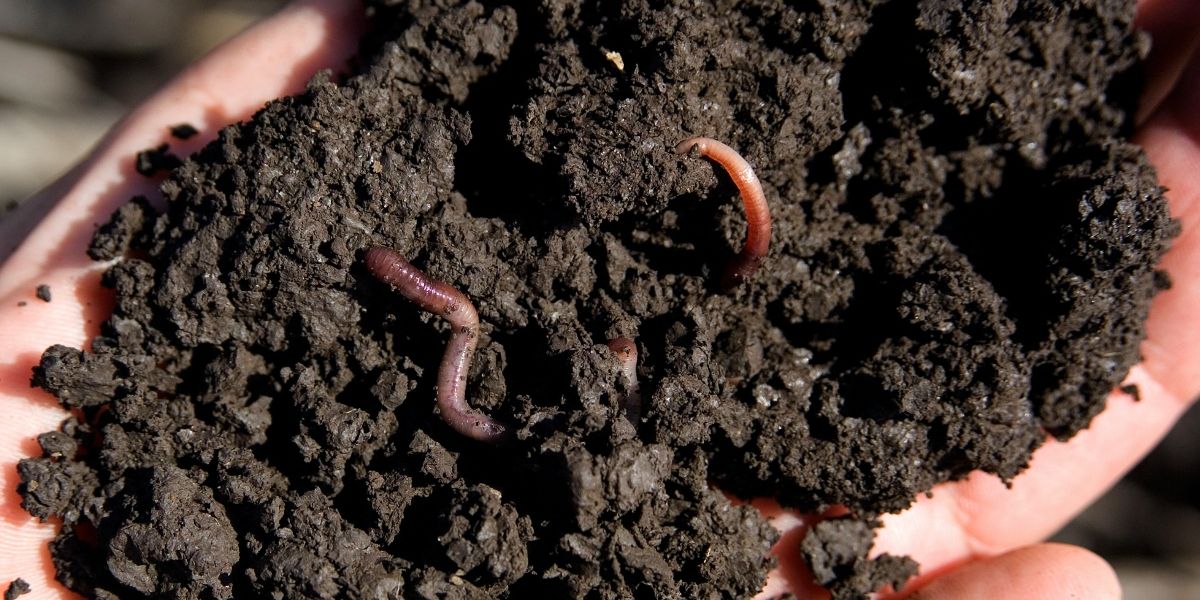

Latest News
How Long Do Pesticides Stay In The Soil
Modified: February 10, 2024
Stay up to date with the latest news on how long pesticides remain in the soil. Find out the impacts, risks, and potential solutions in our informative article.
(Many of the links in this article redirect to a specific reviewed product. Your purchase of these products through affiliate links helps to generate commission for Chicagolandgardening.com, at no extra cost. Learn more)
Table of Contents
- Introduction
- Factors Affecting Persistence of Pesticides in Soil
- Types of Pesticides and Their Residual Life in Soil
- Environmental Factors Influencing Pesticide Degradation in Soil
- Soil Properties and Pesticide Persistence
- Methods to Determine Pesticide Residual Life in Soil
- Implications of Pesticide Persistence in Soil
- Strategies to Minimize Pesticide Residue Buildup in Soil
- Conclusion
Introduction
Pesticides play a crucial role in modern agriculture, helping to protect crops from pests and maximize yields. However, the use of pesticides can have long-lasting effects on the environment, particularly in the soil. Understanding how long pesticides persist in the soil is essential for ensuring the sustainability of agricultural practices and minimizing their potential impact on human health and the ecosystem.
The persistence of pesticides in soil refers to the length of time they remain active and effective after application. This persistence can vary widely depending on several factors, including the type of pesticide used, environmental conditions, and soil properties. Some pesticides degrade rapidly, while others can persist in the soil for years, posing risks of contamination and accumulation over time.
It is crucial to consider the residual life of pesticides in soil due to their potential adverse effects. Pesticides can leach into groundwater, affecting drinking water sources, or be absorbed by plants, exposing humans and animals to harmful substances. Additionally, pesticide residues in the soil can disrupt soil microorganisms, reduce biodiversity, and have long-term ecological consequences.
This article provides an in-depth exploration of the factors affecting the persistence of pesticides in soil, the types of pesticides and their residual life, environmental factors influencing pesticide degradation, the relationship between soil properties and pesticide persistence, methods to determine residual life, the implications of pesticide persistence, and strategies to minimize pesticide residue buildup in soil.
By understanding the dynamics of pesticide persistence in soil, agricultural professionals, policymakers, and researchers can work towards implementing sustainable strategies to reduce environmental harm and protect essential ecosystems.
Factors Affecting Persistence of Pesticides in Soil
The persistence of pesticides in soil is influenced by a variety of factors that can either accelerate or slow down their degradation. Understanding these factors is essential for predicting how long pesticides will remain in soil and their potential impact on the environment. Here are some key factors that affect pesticide persistence in soil:
- Chemical Properties: The chemical structure and composition of a pesticide play a significant role in its persistence. Pesticides with complex structures or chemical bonds are often more resistant to degradation processes.
- Soil Microorganisms: Soil microorganisms, such as bacteria and fungi, are essential in the degradation process of pesticides. The presence of specific microorganisms capable of metabolizing and breaking down pesticides can accelerate their degradation. However, the absence of these microorganisms or adverse environmental conditions can slow down the degradation process.
- Temperature and Moisture: Temperature and moisture levels in the soil greatly influence pesticide degradation. Warmer temperatures and higher moisture content often result in increased microbial activity, leading to faster breakdown of pesticides. Conversely, cold or dry conditions can slow down degradation rates.
- pH Levels: The pH level of the soil can impact a pesticide’s persistence. Some pesticides degrade more rapidly in acidic soils, while others may be more stable in alkaline or neutral pH conditions.
- Organic Matter Content: The presence of organic matter in soil can both enhance and hinder pesticide degradation. Organic matter can provide nutrients for soil microorganisms, encouraging their activity and speeding up degradation. However, high levels of organic matter can also bind to pesticides, preventing them from breaking down.
- Application Rate and Formulation: The rate at which pesticides are applied and their formulation can impact their persistence in the soil. Higher application rates or concentrated formulations may lead to higher pesticide residues and longer persistence.
- Environmental Conditions: External factors such as sunlight, wind, and rainfall can affect pesticide persistence. Exposure to sunlight can cause photodegradation, breaking down pesticides through chemical reactions induced by light. Wind and rainfall can lead to pesticide runoff or leaching, reducing the amount of active ingredient remaining in the soil.
It is important to note that these factors work in combination, and their influence on pesticide persistence can vary depending on the specific pesticide and environmental conditions. By considering these factors, farmers, agronomists, and researchers can make informed decisions about pesticide use, minimize environmental impact, and develop sustainable agricultural practices.
Types of Pesticides and Their Residual Life in Soil
There are various types of pesticides used in agriculture, each with its own characteristics and residual life in the soil. The residual life refers to the time it takes for a pesticide’s concentration to decrease to a certain level in the soil. Understanding the residual life of different types of pesticides is crucial for implementing proper management practices. Here are some common types of pesticides and their residual life in the soil:
- Organophosphates (OPs): Organophosphate pesticides have been widely used in agricultural settings. They have a variable residual life in soil, ranging from a few days to several months. Factors such as temperature, pH, and soil type can influence their degradation rates.
- Pyrethroids: Pyrethroids are synthetic pesticides derived from natural pyrethrins. They are commonly used for insect control and have a relatively short residual life in soil, usually less than a month. Their degradation is influenced by factors such as temperature, soil moisture, and microbial activity.
- Neonicotinoids: Neonicotinoids are systemic insecticides widely used in seed treatment. They have a long residual life in soil, ranging from several months to years. Their persistence can be influenced by factors such as soil organic matter content, pH, and microbial activity.
- Herbicides: Herbicides are used to control weeds in agricultural fields. Their residual life in soil can vary depending on the specific herbicide. Some herbicides break down relatively quickly, while others can persist for several months. Factors affecting their degradation include temperature, soil moisture, and microbial activity.
- Fungicides: Fungicides are used to control fungal diseases in crops. The residual life of fungicides in soil can vary widely depending on the specific compound. Some fungicides degrade rapidly, while others may persist for months. Factors such as temperature, pH, and soil type can influence their persistence.
It’s important to note that these are broad categories of pesticides, and within each category, there are numerous active ingredients with different properties and residual life in the soil. Additionally, pesticide formulations and application rates can also impact the residual life. It’s essential for farmers and pesticide applicators to carefully consider the specific characteristics of the pesticides they use and follow label instructions to minimize environmental impact and promote sustainable use.
Environmental Factors Influencing Pesticide Degradation in Soil
Environmental factors play a significant role in the degradation process of pesticides in soil. Understanding these factors is crucial for predicting the fate and persistence of pesticides and assessing their potential impact on the environment. Here are some key environmental factors that can influence pesticide degradation in soil:
- Temperature: Temperature has a profound effect on pesticide degradation. Higher temperatures generally increase microbial activity in the soil, leading to faster breakdown of pesticides. However, extremely high temperatures can also cause volatilization, where pesticides escape into the atmosphere before being degraded.
- Moisture Content: Soil moisture is another critical factor affecting pesticide degradation. Adequate moisture levels support microbial activity, facilitating pesticide breakdown. Conversely, excessively dry conditions can inhibit microbial activity, reducing degradation rates.
- Sunlight: Exposure to sunlight can have both positive and negative effects on pesticide degradation. Some pesticides can undergo photodegradation when exposed to sunlight, breaking down under the influence of UV radiation. However, not all pesticides are susceptible to photodegradation, and some may even become more persistent or form toxic byproducts when exposed to sunlight.
- Soil pH: Soil pH can influence the degradation of pesticides. Some pesticides degrade more rapidly in acidic soils, while others may break down more readily in alkaline or neutral pH conditions. Understanding the pH requirements of specific pesticides is essential for optimizing their degradation rates.
- Oxygen Availability: Adequate oxygen availability in the soil is necessary for microbial activity and pesticide degradation. Poorly drained or waterlogged soils can limit oxygen supply, hindering the breakdown of pesticides. Proper soil drainage and aeration are crucial for ensuring optimal microbial activity and pesticide degradation.
- Soil Organic Matter: Soil organic matter content can have a significant impact on pesticide degradation. Higher levels of organic matter provide nutrients and energy sources for soil microorganisms, enhancing their activity and facilitating pesticide breakdown. Organic matter can also bind to certain pesticides, reducing their bioavailability and persistence.
- Soil Texture: The texture of the soil, which refers to the proportions of sand, silt, and clay particles, can affect pesticide degradation. Sandy soils tend to have lower organic matter content and may experience faster leaching of pesticides. In contrast, clay soils with higher organic matter content can retain pesticides for more extended periods, potentially increasing their persistence.
It’s worth noting that these environmental factors interact with each other and can vary depending on the specific pesticide and soil conditions. Therefore, it is crucial to consider these factors collectively when assessing pesticide degradation rates and developing strategies to minimize their environmental impact.
Soil Properties and Pesticide Persistence
Soil properties have a significant influence on the persistence of pesticides. Understanding how different soil characteristics interact with pesticides is crucial for predicting their fate in the soil and developing effective management strategies. Here are some key soil properties that can affect pesticide persistence:
- Soil Organic Matter: Soil organic matter content plays a crucial role in pesticide persistence. Organic matter can bind to pesticides, reducing their availability for microbial degradation or plant uptake. Additionally, organic matter can provide nutrients and energy sources for soil microorganisms, enhancing their activity and speeding up pesticide breakdown.
- Soil pH: Soil pH can impact both pesticide availability and microbial activity. Some pesticides degrade more rapidly in acidic soils, while others break down more effectively in alkaline or neutral pH conditions. Adjusting soil pH within the appropriate range can optimize pesticide degradation rates.
- Soil Texture: Soil texture, which refers to the proportions of sand, silt, and clay particles, can affect pesticide persistence. Sandy soils tend to have lower organic matter content and may experience faster leaching of pesticides. In contrast, clay soils with higher organic matter content can retain pesticides for more extended periods, potentially increasing their persistence.
- Cation Exchange Capacity (CEC): CEC is a measure of a soil’s ability to retain and exchange cations, which include essential nutrients and potentially harmful substances like pesticides. Soils with higher CEC, such as clay soils, can bind more pesticides, reducing their movement and increasing their persistence in the soil.
- Microbial Activity: Soil microorganisms play a crucial role in pesticide degradation. The presence of specific microorganisms capable of metabolizing pesticides can enhance degradation rates. Soil properties that promote microbial activity, such as adequate moisture and organic matter content, can increase pesticide breakdown.
- Degradation Potential: Some soils have inherent properties that promote pesticide degradation. For example, soils with high microbial diversity and activity are generally more adept at breaking down pesticides. Understanding the degradation potential of different soils can help predict pesticide persistence.
It’s important to recognize that soil properties often interact with each other, and their effects on pesticide persistence can vary depending on the specific pesticide and environmental conditions. Monitoring soil properties, conducting soil tests, and implementing appropriate soil management practices are essential for optimizing pesticide degradation and minimizing environmental risks.
Methods to Determine Pesticide Residual Life in Soil
Determining the residual life of pesticides in soil is crucial for understanding their persistence and potential impact on the environment. Several methods and techniques are used to assess pesticide degradation rates and estimate their residual life in the soil. Here are some commonly used methods:
- Laboratory Studies: Laboratory studies involve conducting controlled experiments under controlled conditions to simulate pesticide degradation in soil. Researchers analyze soil samples for residues over time to track the degradation process and estimate residual life. These studies typically follow established protocols and use analytical techniques such as chromatography to quantify pesticide residues.
- Field Studies: Field studies involve monitoring pesticide residues in real-world field conditions over an extended period. Researchers collect soil samples at regular intervals from various locations within the field and analyze them for pesticide residues. Field studies provide more realistic data on pesticide degradation rates, taking into account the complexity of environmental conditions and soil properties.
- Isotopic Techniques: Isotopic techniques involve the use of isotopically labeled pesticides to trace their fate in the soil. Researchers can create pesticides with isotopes, such as carbon-14 or nitrogen-15, and apply them to the soil. By tracking the movement and degradation of labeled pesticides, researchers can estimate the residual life of the non-labeled pesticides.
- Modeling Approaches: Modeling approaches use mathematical models to simulate pesticide degradation in soil based on known degradation rates and environmental factors. These models consider factors such as temperature, moisture, soil properties, and pesticide characteristics to predict pesticide persistence over time. Modeling approaches provide a cost-effective and efficient way to estimate residual life.
- Field Trials with Bioindicators: Field trials involving bioindicators use specific indicator species or organisms, such as earthworms or soil microorganisms, to assess pesticide degradation rates. By monitoring the changes in the bioindicator populations over time, researchers can estimate the residual life of pesticides in the soil ecosystem.
- Long-term Monitoring: Long-term monitoring programs collect data on pesticide residues in soil over an extended period. These programs involve regularly sampling soil at multiple sites and analyzing them for pesticide residues. By analyzing trends in pesticide concentrations over time, researchers can estimate the residual life and degradation rates.
It’s important to note that each method has its advantages and limitations, and a combination of approaches is often used to obtain more accurate estimates of pesticide residual life. These methods provide valuable information to farmers, regulators, and researchers, aiding in the development of sustainable pesticide use practices and ensuring the protection of the environment and human health.
Implications of Pesticide Persistence in Soil
Pesticide persistence in soil can have significant implications for the environment, human health, and agricultural sustainability. Understanding these implications is crucial for implementing appropriate management practices and minimizing the potential risks associated with pesticide use. Here are some key implications of pesticide persistence in soil:
- Environmental Contamination: Pesticides that persist in the soil can contaminate water bodies through runoff or leaching, leading to water pollution. This contamination can harm aquatic ecosystems, affecting aquatic organisms, such as fish and amphibians, and disrupting the balance of the ecosystem.
- Groundwater Contamination: Persistent pesticides can leach through the soil and reach groundwater, which serves as a source of drinking water for many communities. Pesticide residues in groundwater can pose risks to human health and require costly water treatment processes to ensure safe drinking water.
- Ecological Impacts: Pesticide persistence can disrupt soil microorganisms, beneficial insects, and other non-target organisms. This disruption can lead to imbalances in the food chain, reduced biodiversity, and ecological consequences that impact the overall health of ecosystems.
- Resistance Development: Pesticides that persist in the soil can contribute to the development of pesticide resistance in target pests. Pests that are repeatedly exposed to low levels of a persistent pesticide can develop resistance mechanisms, rendering the pesticide less effective and requiring higher application rates or the use of stronger pesticides.
- Human Health Risks: Pesticide residues in soil can be taken up by plants and accumulate in edible portions, leading to potential risks for human consumption. Long-term exposure to low levels of pesticide residues through food or water can have adverse effects on human health, including disruptions to the endocrine system and increased risk of certain diseases.
- Soil Quality and Productivity: Pesticide persistence in soil can affect soil quality and productivity. Persistent pesticides can harm beneficial soil organisms, reduce microbial activity, and disrupt nutrient cycling. This can lead to soil degradation and reduced agricultural productivity over time.
It’s important to address the implications of pesticide persistence through the adoption of sustainable agricultural practices. Integrated Pest Management (IPM) strategies that promote the use of non-chemical control methods, such as crop rotation, biological controls, and judicious use of pesticides, can help minimize pesticide residues in soil and reduce environmental risks. Additionally, proper pesticide application techniques, adherence to label instructions, and regular monitoring can contribute to the effective and safe use of pesticides while minimizing their persistence in soil.
Strategies to Minimize Pesticide Residue Buildup in Soil
Minimizing pesticide residue buildup in soil is of paramount importance for sustainable agriculture and environmental protection. Implementing effective strategies can help reduce the potential risks associated with pesticide use and promote long-term soil health. Here are some key strategies to minimize pesticide residue buildup in soil:
- Integrated Pest Management (IPM): Adopting an IPM approach is crucial for reducing reliance on pesticides and minimizing residue buildup. IPM combines various pest control methods, such as cultural practices (crop rotation, planting resistant varieties), biological controls (predators and parasites), and targeted pesticide use, to maintain pest populations at manageable levels while minimizing chemical inputs.
- Appropriate Pesticide Selection: Carefully selecting pesticides with shorter residual life and lower persistence in the environment can help minimize residue buildup in soil. Choosing pesticides that are specific to the target pests and have lower toxicity to non-target organisms can reduce the environmental impact and decrease residue accumulation.
- Proper Application Techniques: Following proper application techniques is crucial for reducing off-target movement of pesticides and minimizing residue buildup. This includes calibrating equipment, using appropriate spray volumes, avoiding application during adverse weather conditions, and adhering to recommended application rates and timings.
- Adhering to Label Instructions: Following pesticide label instructions is essential to ensure safe and effective use. Labels provide specific guidelines on application rates, timing, and pre-harvest intervals, which can help minimize residue buildup in soil. Additionally, labels provide information on restricted entry intervals and re-entry precautions for worker safety.
- Soil Health Management: Maintaining soil health is critical for minimizing pesticide residue buildup. Practices such as organic matter addition, cover cropping, and reduced tillage can improve soil structure, enhance microbial activity, and promote pesticide degradation. These practices help create a conducive environment for soil microorganisms to break down pesticide residues more effectively.
- Crop Rotations and Diversification: Implementing crop rotations and diversifying cropping systems can help disrupt pest life cycles, reduce pest pressure, and minimize the need for pesticide applications. This approach promotes natural pest control and can help prevent residue buildup in the soil.
- Regular Monitoring and Record-keeping: Monitoring pest populations, disease incidence, and crop health can help identify pest problems early and implement timely and targeted interventions. Keeping accurate records of pesticide applications allows for better tracking of pesticide use, minimizing the risk of excessive applications and potential residue buildup.
By implementing these strategies, farmers and agricultural practitioners can minimize pesticide residue buildup in soil, reduce environmental risks, and promote sustainable agricultural practices. Additionally, education, training, and awareness programs are essential to help agrochemical users understand the importance of responsible pesticide use and the adoption of practices that minimize residue accumulation in soil.
Conclusion
Pesticide persistence in soil is a critical concern for agriculture, the environment, and human health. Understanding the factors that affect pesticide persistence and implementing strategies to minimize residue buildup are essential for sustainable agricultural practices. This article has explored various aspects of pesticide persistence in soil, including the factors influencing it, the types of pesticides and their residual life, environmental factors affecting pesticide degradation, the role of soil properties, methods to determine residual life, and the implications of pesticide persistence.
Factors such as chemical properties of pesticides, soil microorganisms, temperature, moisture, sunlight, soil pH, and organic matter content all influence the persistence of pesticides in soil. Monitoring and optimizing these factors can help promote pesticide degradation and reduce residue buildup. Methods to determine pesticide residual life range from laboratory studies and field trials to modeling approaches and the use of bioindicators, providing valuable data for assessing pesticide degradation rates.
The implications of pesticide persistence in soil encompass environmental contamination, groundwater contamination, ecological impacts, resistance development, human health risks, and soil quality degradation. It is crucial to address these implications through the adoption of integrated pest management (IPM) strategies, proper pesticide selection, application techniques, and adherence to label instructions. Maintaining soil health, implementing crop rotations, and regularly monitoring pest populations and crop health also contribute to minimizing residue buildup.
In conclusion, awareness and implementation of strategies to minimize pesticide residue buildup in soil are pivotal for sustainable agriculture and environmental preservation. By understanding the factors influencing pesticide persistence and adopting responsible pesticide use practices, we can mitigate environmental risks, conserve soil health, and ensure the long-term viability of agricultural systems.
